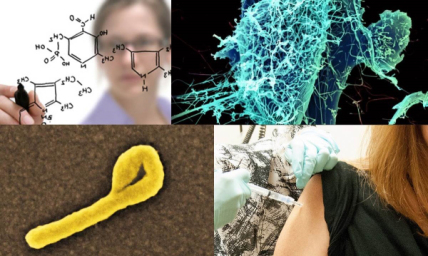NIH Ebola Update: Working Toward Treatments and Vaccines – NIH Director’s Blog
0We are all alarmed by the scope and scale of the human tragedy occurring in West African nations affected by the Ebola virus disease epidemic. While the cornerstones of the Ebola response remain prompt diagnosis and isolation of patients, tracing of contacts, and proper protective equipment for healthcare workers, the National Institutes of Health (NIH), led by its National Institute of Allergy and Infectious Diseases (NIAID), is spearheading efforts to develop treatments and a vaccine for Ebola as quickly as possible.
For example, NIAID has supported and collaborated with Mapp Biopharmaceutical, Inc., San Diego, in its development of the product known as ZMapp, which has been administered experimentally to several Ebola-infected patients. While it is not possible at this time to determine whether ZMapp benefited these patients, NIAID is supporting a broader effort to advance development and clinical testing of ZMapp to determine if it is safe and effective. In addition, the U.S. Biodefense Advanced Research and Development Agency (BARDA) has announced plans to optimize and accelerate the manufacturing of ZMapp, which is in limited supply, to enable clinical safety testing to proceed as soon as possible.
NIAID is also supporting the development of other potential treatments. Among them is BCX4430, a drug that BioCryst Pharmaceuticals, Research Triangle Park, NC, plans to enter into a Phase 1 human clinical trial by early 2015. Another potential drug, brincidofovir, developed by Chimerix of Durham, N.C., has been evaluated in more than 1,000 patients for two non-Ebola viruses (cytomegalovirus, adenovirus). Brincidofovir has shown some ability to suppress Ebola viruses in cell cultures, and was recently administered to several patients with Ebola virus disease. Again, while it is impossible to determine on the basis of a few patients whether a drug is effective against Ebola, brincidofovir appears to be safe in humans. Broader evaluation of the drug will likely take place in the coming months.
Read more – NIH Director’s Blog

